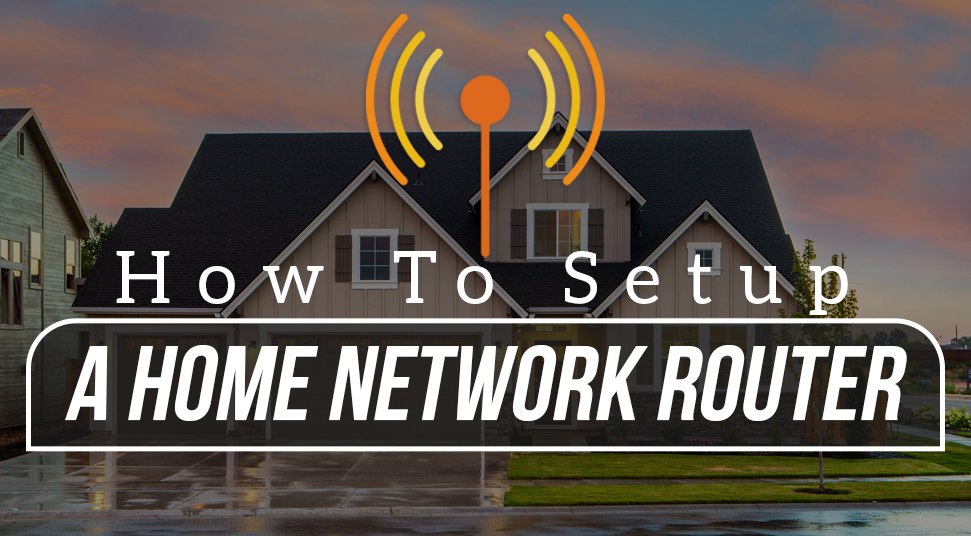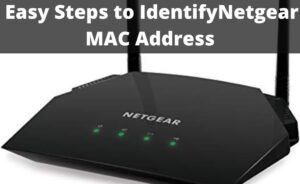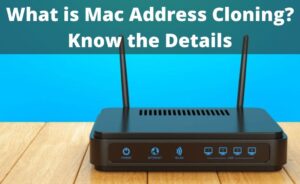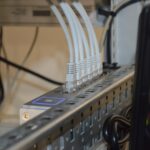A home network includes a group of devices like printers, mobile devices, computers, gaming systems, and others that can be connected with the internet. You can use wired or wireless connection depending on your requirements to connect these devices.
However, to secure the connection, you need to have a quality router. If you already have a router but unaware of how to set up a home network router, then follow some basic steps you can easily set up the network on your own.
A Step-by-Step Guide to Set up a Home Network Router
Here, we are going to provide the easy steps through which you can set up a broadband router for your home network.
The names of the configuration settings may differ based on the specific model you intend to use. However, you can apply the general process discusses below:
Step 1:
First of all, you have to select an ideal location to start the installation process of the router. It is recommended to use a table or open floor surface for this purpose.
Place the router carefully, you may have to change the location for any signal problem. In the beginning, it’s better to select the location from where it is easier to use the router.
Step 2:
Now, turn the router On and plug it into an electrical power supply. Then, press the Power button and hold it for a few seconds until it turns on.
Step 3:
Now, connect the modem with the router. Or, if your router has an in-built modem, then you don’t need to implement this process.
Most of the network modems connect using the Ethernet cable. Or if you prefer, you can also use a USB connection.
Plug the cable into the jack of the router labeled as the Internet, Uplink, or WAN. After plugging the cable, you have to make sure that you have connected the cable tightly. Loose cable connection can create problems during the setup process.
Afterward, the power cycle (turn off the router and turn it on again after a few seconds) the modem to confirm that the router recognizes it.
Step 4:
Now, connect the router with the computer by using a network cable. If you are configuring the Wi-Fi settings for the first time, then it’s better to avoid the wireless connection.
It’s better to use a cable to perform the installation process of the router. It can help you to avoid unstable connections. Once you complete the installation process, the system can be changed over to a broadcast connection as per the requirement.
Step 5:
Next, open the administration console of the router. Open your favored web browser on the system. Afterward, enter the IP address of the router in the address bar.
Hit the Enter key to open the network administration page. Click on the Return button to reach the home page of the router.
Check the documentation that comes along with the router to know the exact IP address of the router. You do not require an internet connection to perform this step.
Step 6:
Now, you have to log into the router. Enter the login credentials like username and password on the home page of the router. You can find the username and password in the documentation that comes along with your router model. Or, you can contact the Internet Service Provider to know the login credentials.
You can change the password for security reasons. But, don’t try to change the password during the initial setup to avoid unnecessary complications. So, it’s better to change the password after completing the installation process
Step 7:
Next, enter the detailed information regarding the internet connection that you are using. If you want to connect the router with the internet, enter the details of the internet connection in the configuration section.
But, if you are using the DSL internet connection, then you are required to enter the username and password of the PPPoE. If you face any issue with the static IP address, then you need to alter the static IP settings supplied by the Internet Service Provider.
Step 8:
If you intend to connect the router with your mac device, then you have to update the Mac address of the router. Some Internet Service Providers assigned their customers with a MAC address.
If you were using a gateway device or older network router to connect with the Internet, then the ISP can track that MAC IP and restrict you from going online using a new router.
So, if the ISP shows any restriction, you can upgrade the MAC IP of your new router with the MAD ID of the old device to avoid waiting for the ISP to update their records.
You also can change the Network Name or SSID of the router. All the routers come with a default name set by the Internet Service Provider. But, there are some benefits of using a different Network Name. You can also change the Wi-Fi name of the router.
Step 9:
Now, verify the local network connection between the router and computer. To do this, you can check if your computer has received a valid IP address from the router.
Afterward, you need to verify if the system can connect with the internet properly. To do this, open a web browser and open a few websites.
Step 10:
Now, if you want to connect additional devices with the router, you can easily do that. If you are trying to connect a wireless connection, then make sure that you are entering the correct SSID.
After that, configure additional network security features as per your requirements to protect your computer from cyber hackers. Lastly, you can place the router in an optimal location at your home.
Hopefully, after applying the above steps, you will be able to set up a home network without any hassle.







